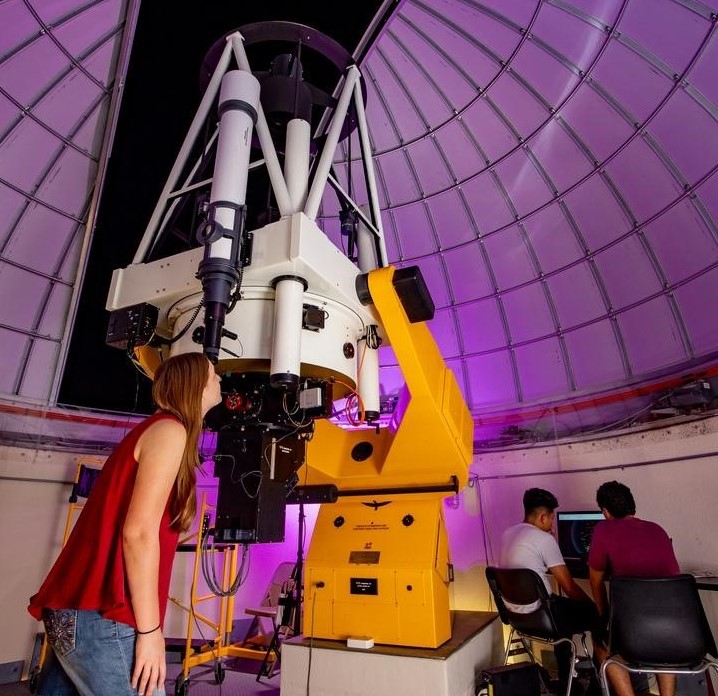Document Type
Poster
Publication Title
Northrop Grumman Engineering & Science Student Design Showcase
Abstract
Orbital dynamics play a crucial role in determining the habitability of exoplanets, and many models have been developed to study the dynamical evolution of broader planetary system structure. To further investigate the implications this has regarding planetary habitability, this project simulated the evolution of the Solar System with an additional planet orbiting in place of the Asteroid Belt using the Gravitational Rigid-body InTegrator (GRIT) package. 21 total simulations were run for 100,000 years with varying values for the extra planet’s mass (from 0.01 to 10 Earth masses) and orbital parameters (based on the 4 most massive asteroids in the Asteroid Belt). The habitability of the Earth’s resulting orbital parameters was then analyzed. All of the final Earth orbits were stable, but the percentage of time spent within the atmosphere-free habitable distance from the Sun varied both higher and lower than the control. These results indicate that many potentially habitable configurations of the Solar System with an additional terrestrial planet exist, and further work is needed to incorporate atmospheric effects on Earth’s climate and habitability under these conditions.
Advisor
Dr. Howard Chen
Publication Date
4-19-2024
Recommended Citation
Simpson, Emily, "Modeling an Extra Planet's Effects on Earth" (2024). Aerospace, Physics, and Space Science Student Publications. 34.
https://repository.fit.edu/apss_student/34


